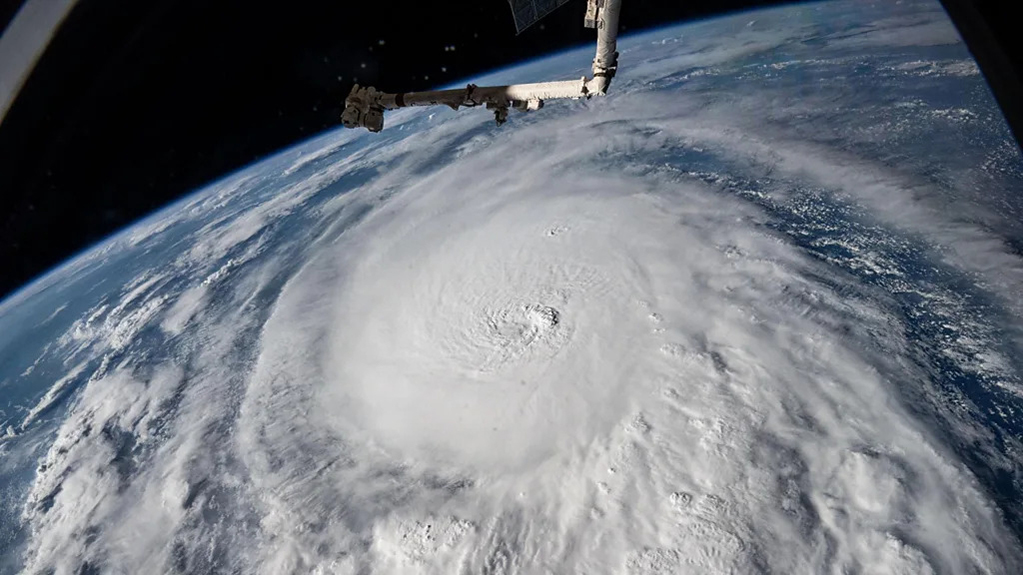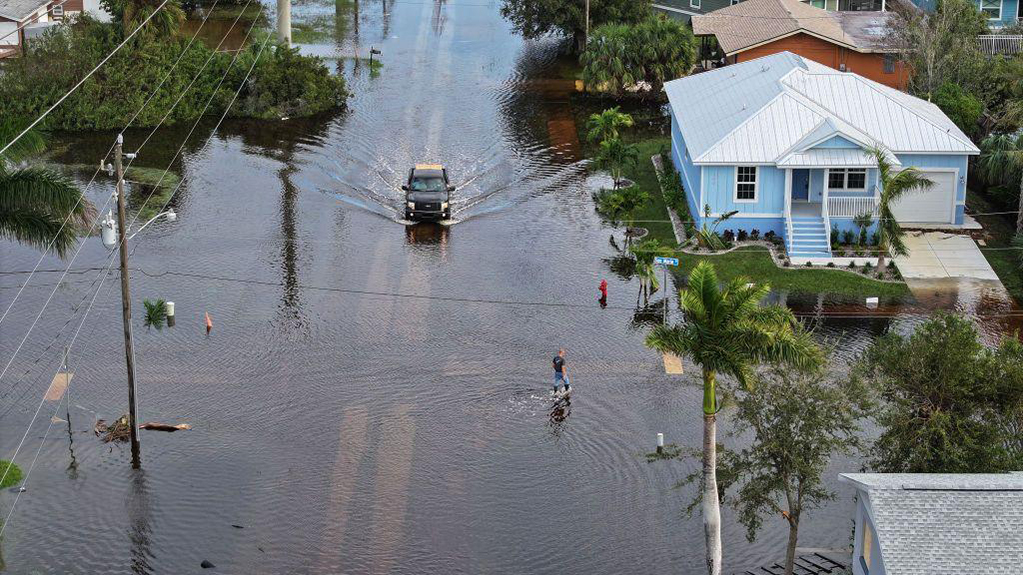At least 16 people have died in the U.S. state of Florida after being struck by Hurricane Milton. Search and rescue operations are ongoing, and the death toll may rise. More than 2.5 million residents remain without electricity.
News
Trending stories
- 1 Geostat: The Average Salary in Georgia Is 2,271 GEL
- 2 Kobakhidze and Putin Attend International Forum on Neutrality in Turkmenistan
- 3 Electricity Prices Rising – GNERC to Announce New Tariffs in Late December
- 4 Georgia to Allow One-Time Free Transit of Azerbaijani Fuel to Armenia
- 5 U.S. Sanctions International Criminal Court Judge Gocha Lordkipanidze
- 6 Pro-Government Azerbaijani Media: “Tbilisi Is Testing Baku’s Patience”
Milton was a Category 3 storm on the Saffir-Simpson scale when it approached Siesta Beach in Sarasota County on the night of Wednesday, October 9. It triggered a devastating tornado and 8.5 meters high waves. After making landfall along the ocean coast, Milton's strength decreased to Category 1 as it moved toward Florida's east coast.
More than 3.3 million homes and businesses in Florida were evacuated, with the west-central region being the hardest hit. The state has been declared a disaster zone.

"Milton has potential to be one of most destructive hurricanes on record for west-central Florida," the U.S. National Hurricane Center stated. The storm produced over 508 mm of rainfall.
The situation is further complicated by the uncontrolled behavior of wild animals. Wildlife experts report that storm-affected and disoriented animals sometimes wander into populated areas.
Two weeks ago, Hurricane Helen, the one of the largest hurricanes to strike Florida, claimed the lives of at least 225 people across Florida, Georgia, South Carolina, Tennessee, Virginia, and North Carolina. Hundreds of people remain missing.















